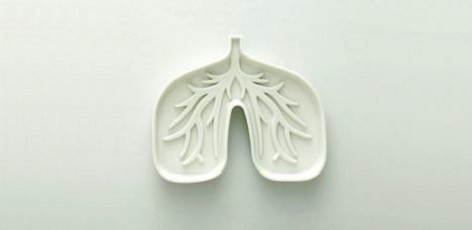
For the first time ever, scientists have grown human lungs in a laboratory using a fish tank - a commendable step in regenerative medicine. Researchers from University of Texas Medical Branch (UTMB), Galveston have created the lab grown lungs.
If the lungs work, it is expected to help thousand people awaiting lung transplant. Currently, over 1,600 patients are hoping for a new set of lungs. So far, many other body parts have been manufactured in the lab including livers and tracheas.
"Whole-organ engineering is going to work as a solution to the organ donor shortage," CNN quoted Dr. Stephen Badylak, deputy director of the McGowan Institute for Regenerative Medicine at the University of Pittsburgh in a statement.
Researchers from Galveston, Texas used two damaged lungs that were too damaged for any kind of transplantation but did have some healthy tissues.
The researchers took one lung and removed almost all the cells leaving a scaffold of elastin and collagen and then took cells from the other lung and put them on scaffolding. They explained that no equipment could hold the structure so a fish tank was selected, which was in the shape of lung. They used the fish tank and filled it with a nutritional liquid and immersed the lung-structure in the chamber, which provided nutrients for the cells to grow. After about four weeks, an engineered human lung emerged.
"It's taken us a year to prove to ourselves that we actually did a good job with it. You don't run out immediately and tell the world you have something wonderful until you've proved it to ourselves that we really did something amazing," said Dr. Joan Nichols, who leads the UTMB team.
It is expected that in another 12 years, these engineered lungs could be used for human transplantation.Before this transplantation is experimented on humans, researchers will try transplanting on pigs. Earlier records of successful transplantation are of engineered tracheas, which were done in 2011.

















